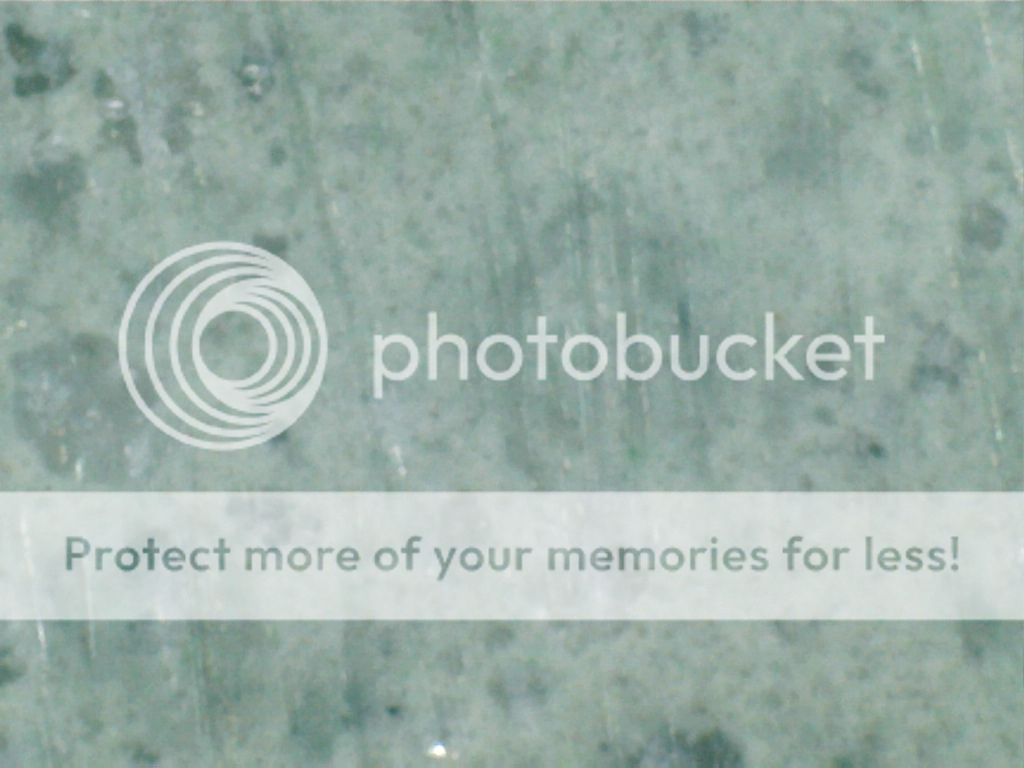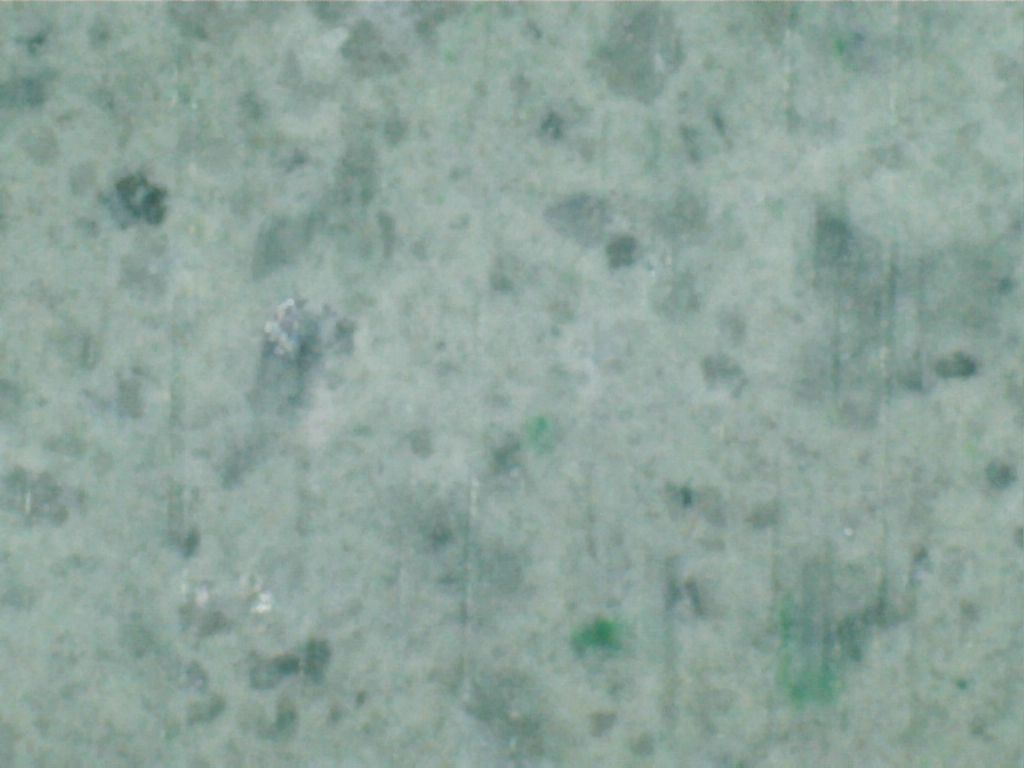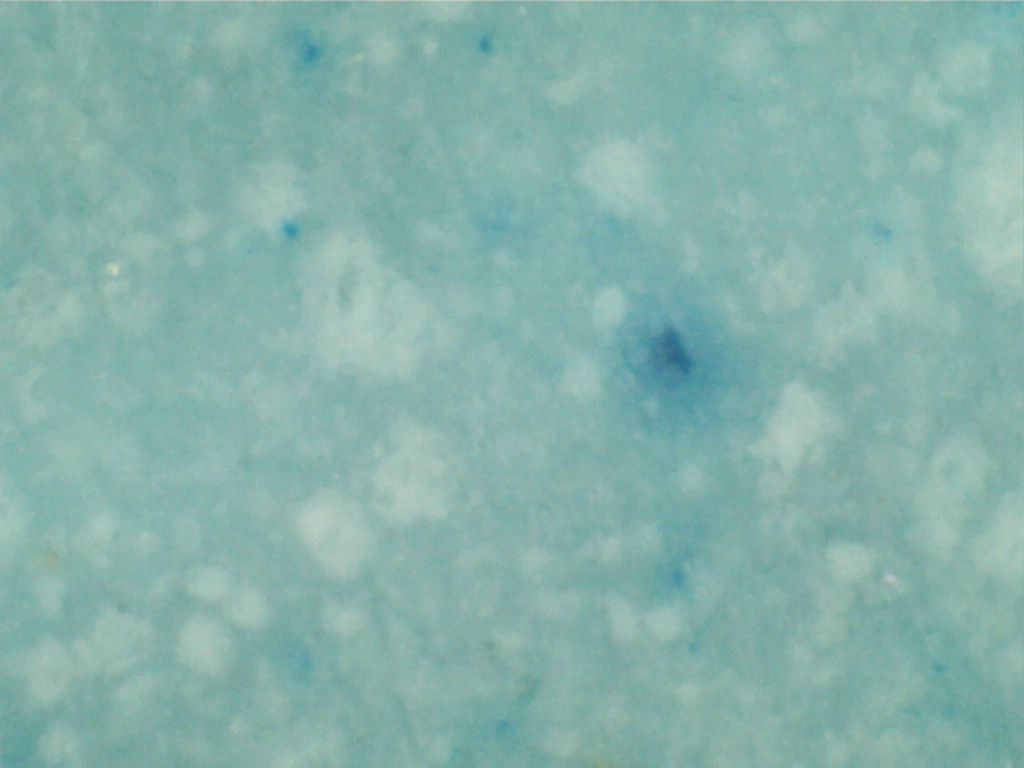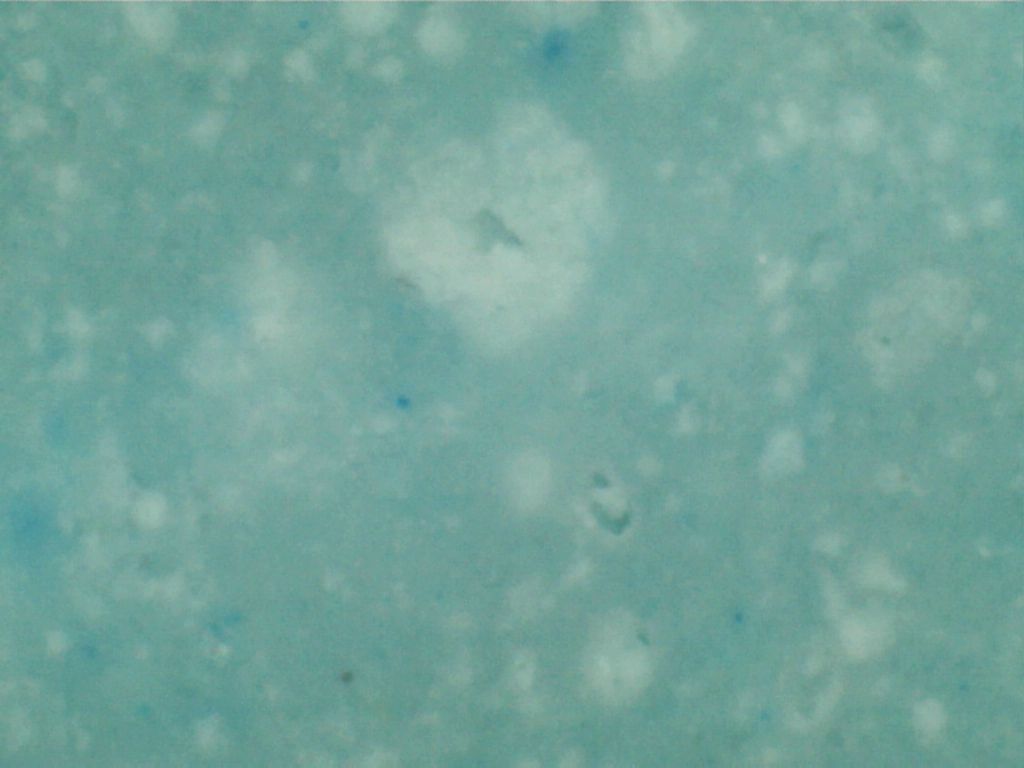Chosera stone maintenance
Recent › Forums › Main Forum › Sharpener and Accessory Maintenance › Chosera stone maintenance
- This topic has 112 replies, 13 voices, and was last updated 08/08/2013 at 11:15 pm by
 wickededge.
wickededge.
-
AuthorPosts
-
06/11/2013 at 3:16 am #12233
Well I don’t have one of these ceramic stones to test so that’s one issue. Second, I somehow doubt that I could refine the surface texture to that fine a surface so I would have to test coarser finishes. And to be perfectly candid, given well over a hundred natural stones of various types, new compound formulations, etc, to test and dealing with a bunch of backorders, I can’t honestly say that testing a product I don’t sell is a very high priority. If I needed that fine of a texture, I would simply use the film or CBN or Poly directly, rather than using a less hard substance.
—
Ken06/11/2013 at 6:43 am #12245I am curious to know how the other “many that we’re used to” rate their ceramic abrasives.
Clay?
The ‘many that we’re used to’ refers to grit rating systems i.e. ANSI, FEPA, JIS etc…. RA is a method of defining abrasive texture I don’t know much about. What I’ve read so far indicates that RA is usually the resultant roughness of a surface after a grit has been applied, as in sandblasting etc… I’ll keep working with Coorstek to better understand how it relates to their stones. When I get a little more time, I can do some experimenting with surface textures and the scratch patterns they leave.
-Clay
06/11/2013 at 8:11 am #12247Thanks for the reply Clay.
I read that “many we’re used” to as being other ceramic producers.06/14/2013 at 12:32 am #12311Just speculating on his products as I have not used them, but it may be in the sintering process that he is essentially controlling the agglomeration function so that the finest particles are more friable while the coarser formulations are sintered into each other.
Thanks Ken! Also for your other contributions. This really seems the only theory I’ve read that could explain Sal’s statements, provided that you are right that texture differences (of water stones) don’t transfer to the edge (which I think is true).
I was thinking of a related theory that might explain how texture differences of ceramic stones could make a difference. I know far too little of the subject of sharpening stones, so this is a long shot, but I thought I’d post it anyway.
In a water stone, the abrasive particles are embedded in a carrier and some distance from each other. Each particle causes a scratch on the edge relative to its own size when it hits the edge. Suppose that the sintering process of ceramic stones causes some particles to “melt†together, so that they essentially become larger particles that cause larger scratches. In this way the sintering could influence the effect a ceramic stone has on the edge.
Or a slightly different theory. Suppose we can view a ceramic stone as a very dense stone, in which the abrasive particles have “molten†together. (I know that my ceramic stones are much harder than my water stones.) Now a “clean†ceramic stone of this type would hardly cause any scratches to the edge. By texturing them with a diamond plate, we’d effectively create abrasive “particles†on the top of the stone. In this way the texturing could influence the effect a ceramic stone has on the edge.
Maybe this is complete nonsense, please let me know what you think.
So does this imply that the surface roughness remains constant and that there is no wear, or does it imply that as the surface wears the grit changes?
It would have to imply that as the surface wears , the “grit†of ceramic stones changes. They should become finer. However, the ceramic stones I use are very hard and hardly wear. And there’s another factor at play: because they wear so little, steel particles get embedded in them (all of mine are quite black or at least have black spots/streaks), which should also change the effect they have on the edge.
Molecule Polishing: my blog about sharpening with the Wicked Edge
06/14/2013 at 12:47 am #12315I think you’re on the right track Mark. Have a look at the image below to see what happens to the abrasive particles during sintering:
You can see that some particles are much larger and appear to have fused together to form larger particles but are flat across the surface. I believe the reason Coorstek does not rate their stones by standard grit scales is that they don’t produce the results you’d expect based on particle size alone. Instead, they measure the surface roughness in RA because they’ve found that the roughness is what is producing a specific scratch pattern. All of what I’m saying here is speculation at this point. If it’s true, then it follows that texturizing the surface would change the scratch pattern. I will test this as soon as I can.
Attachments:-Clay
06/14/2013 at 3:09 am #12326Just speculating on his products as I have not used them, but it may be in the sintering process that he is essentially controlling the agglomeration function so that the finest particles are more friable while the coarser formulations are sintered into each other.
Thanks Ken! Also for your other contributions. This really seems the only theory I’ve read that could explain Sal’s statements, provided that you are right that texture differences (of water stones) don’t transfer to the edge (which I think is true).[/quote]
Scratches don’t *transfer* but the results from the rougher surface do make a difference at the edge.
I think Ken mentioned it, transfer in this case is simply not a good description. The scratches in the stone do change the finish that will result from using them. Tom said that and Ken agreed… BUT no “transfer” is happening. A transfer would be where you would be able to see the same scratch pattern on the blade that you see on the stone. This, I think that we can agree, will not happen.I do tend to think, especially after Clay’s post that you are right about the ceramic particles melting together.
As to texturing:
By texturing them with a diamond plate, we’d effectively create abrasive “particles†on the top of the stone. In this way the texturing could influence the effect a ceramic stone has on the edge.
I don’t think you create particles. If so, they would be removed quickly. What would happen is the creation of sharp ridges that definitly (just like the water stones) could make a difference at the edge.
My question and Ken asked it too, regardless of how hard the ceramics are, there will be wear. Eventually the texturing would be gone (depending on the depth this could take awhile). Onw would think that this would change the character of the stone significantly.
I have a bunch of ceramic stones and hones that I have used for years. I don’t think they have changed much…
so I just don’t know!06/14/2013 at 5:56 am #12329My question and Ken asked it too, regardless of how hard the ceramics are, there will be wear. Eventually the texturing would be gone (depending on the depth this could take awhile). Onw would think that this would change the character of the stone significantly.
I have a bunch of ceramic stones and hones that I have used for years. I don’t think they have changed much…
so I just don’t know!This all started with texturing Choseras and I find they wear off texture pretty quickly down to the base grit. If you switch the discussion to ceramics it’s a different ball game. Yeah, they wear, but much more slowly. I can more easily see texturing being a factor there.
Ken
06/14/2013 at 5:58 am #12330Clay, That’s a particularly useful micrograph to help us characterize the problem more fully.
So a few things stand out:
The particles are clearly fused, still seeing some degree of demarcation preserved between the particles, but obviously the particles are fused to a degree where they are not moving about (discussed more in detail real soon)
The particle size is quite variable 2.4 – 44.8 microns or roughly 7000 grit to ~ 300 grit in size (rough figures in my head)
The particles themselves have been polished on their surface with something harder than the particles themselves to what appears to be a coplanar surface with gaps between the fused particles. This coplanar surface with gaps between the fused particles is what is being presented to whatever is going to be sharpened on the surface. This is roughly (sorry for the pun) analogous to a balsa surface where the surface has gaps. The gaps are largely irrelevant in both instances.
What IS relevant is the surface texture of the balsa or in this case the surface texture of the abraded ceramic particles.
As you can see in the measurement bar that is 10 microns in size (lower right), this image is really incapable of answering the real question we have in front of us.
What is needed is to resolve the SURFACE texture of this interrupted polished surface.
I would suggest having the sample reshot at both 10x and 100x the current magnification (bars for 1 micron and 0.1 microns, respectively).
The answers lie in resolving the surface textures and characteristics of this planar surface, not the fused particle sizes.
This micrograph is a good and entirely necessary first step in ‘resolving’ this topic, but cannot provide a definitive answer by itself. There is more to learn.
As an aside, I would also be quite concerned with the potential of a surface of this nature to harbor coarser swarf and ceramic chip residue which could ruin the finish easily when compared to the finer surface texture of the coplanar surface.
—
Ken06/14/2013 at 6:18 am #12333Wow!!! I have to give credit where credit is due?;) This is so over the head of this little sharpener? I’m having to reread what I’ve reread? :S
I’m trying to learn though :cheer:06/14/2013 at 8:54 pm #12342Scratches don’t *transfer* but the results from the rougher surface do make a difference at the edge.
I think Ken mentioned it, transfer in this case is simply not a good description. The scratches in the stone do change the finish that will result from using them. Tom said that and Ken agreed… BUT no “transfer” is happening. A transfer would be where you would be able to see the same scratch pattern on the blade that you see on the stone. This, I think that we can agree, will not happen.Yes, Philip! The stone changes in feeling of aggression, but the resulting scratches are not suddenly the grit of the texturing plate, so a #100 grit texture on a 10K stone will not result in 100 grit scratches.
This all started with texturing Choseras and I find they wear off texture pretty quickly down to the base grit. If you switch the discussion to ceramics it’s a different ball game. Yeah, they wear, but much more slowly. I can more easily see texturing being a factor there.
You are correct, Ken (Buzzbee). The Choseras’ texturing isn’t as effective as it is on the Shaptons.
As for the micrograph, That is very helpful! B) I agree with Ken (Schwartz) about the fact that we will need to see closer to the surface of the individual grits to see what is really happening, but in the mean time, the “flat” face of the abrasives is an excellent example of what happens to the harder abrasives as they eventually wear – I’m thinking more in terms of diamonds, but it is apparent on the ceramic- they lose their points, and gain more surface area. Depending on the position and shape of the particle, it may become very wide after some time.
06/14/2013 at 9:50 pm #12344I’m thinking more in terms of diamonds, but it is apparent on the ceramic- they lose their points, and gain more surface area. Depending on the position and shape of the particle, it may become very wide after some time.
From what I’ve read, this happens in finishing, not so much later in use. I wasn’t sure which way you intended that to read, so just trying to clarify (in my own mind 😉 ) I doubt you’ll see much change in the surface presented, over time and usage, as the ceramic is much harder than the steel
It isn’t like it’s manufactured as
/////////
It’s more like
_/_/_/_/_
Or in this SEM
_/___/__/________/_
And it doesn’t “release” “grit” like a Chosera does.
How much effect the size of these “plateaus” makes I don’t know but I’d guess ‘not much’ except to make the ceramic less aggressive.
Ken
06/14/2013 at 10:04 pm #12345OK – I did some lapping and microscope pics. They aren’t nearly as detailed as Clay’s, but I think we will see some interesting stuff that coincides with what we’re discussing…
First up is the 8K Shapton Pro. Lapped in progression of 140, 400, 600 and 1200 Atomas. I lapped as usual (back and forth, askew, askew the other way, and back and forth again – 4-8 strokes per position.)
You can see the depth and width of the scratches from the 140 diamonds. This makes the surface of the stone act more aggressive, but it doesn’t influence the size of the abrasive scratches – note that the White is actually the abrasive, and the large blots are binder and pigment.

The 400 still left scratches, but not as deep:

The 600 still clearly textured the surface of the Shapton:

And even the 1200 left visible scratches on the Shapton, although they are getting harder to discern:

Chosera 10K is in the next post
06/14/2013 at 10:08 pm #12346Nice Tom!
Chosera 10K is in the next post
Tom, if you can, after a coarser “texture” rub the 10Ks together wet for a few strokes. I’d love to compare the two shots.
Ken
06/14/2013 at 10:25 pm #12347The Choseras are different beasts because they are designed to release their abrasive and binder to form a paste which enhances the polishing effect. I lapped a 10K Chosera using the same technique as the Shapton 8K on the 140, 400, 600 and 1200 Atomas, and I also used a 10K slurry stone to see if the texture could be seen with this scope.
The 140 scratches are visible, but we can see how the release of abrasive helps to “erase” the clarity (at least at this weak magnification):

The 400 scratches are evident, but much more difficult to see at this level of magnification:

The 600 shows a rather smooth surface, I think I saw a faint scratch or two, but can’t confirm… We can, however, begin to clearly see the holes in the stone’s surface (since the stone is porous):

The 1200 creates an even smoother looking surface, with no apparent scratches. At this point it would be easy to conclude that there is no difference between the 600 and 1200, but that would be premature since the magnification is no where near enough (1mm x 0.75mm) to clearly see the surface of the stone.

Lastly, just to see if the surface could be textured to the 10K level… I think there is some degree of improvement, but again, we need more magnification. What seems to happen is the surface of the stone is becoming more uniform.
 06/14/2013 at 10:50 pm #12349
06/14/2013 at 10:50 pm #12349(Very Rough) Conclusions:
Given the harder nature of the Shapton Pro stones, the texturing of the stones is much more apparent, and therefore it can be argued more strongly that texturing will make a difference in the initial aggression level, which can then be adjusted for more aggressiveness or less aggressiveness in a given grit. Ultimately, the “peaks” will flatten out, and, but more slowly due to the hard ceramic binding. The scratches themselves will not alter in grit size, but could have a different scratch depth.
As for the Choseras, the fact that the stones are softer, porous and designed to release their abrasive, any grooves made by the plates will more readily bottom out, but this raises the question of how that reacts with the slurry/paste it creates in doing so. It can be argued that the finer break off of abrasive and binder will aid in the quicker production of a better polish than a coarser texture. However, because the surface of the Chosera seems to become more uniform with finer texturing, I would like to propose that the finer texture of the Chosera will actually reduce the break off of abrasive and allow for more metal and binder paste to form, thus enhancing the polish effect. But that is for future argument!
Lastly, for now! Lapping Technique will play a huge role in the resulting texture. Weight and localized pressure can change the depth of abrasion while lapping. I also noticed right away that my 400 Atoma seemed more aggressive than my 140 because I use the 140 much more. This is another indication that diamond abrasives become flattened out over time.
-
AuthorPosts
- You must be logged in to reply to this topic.